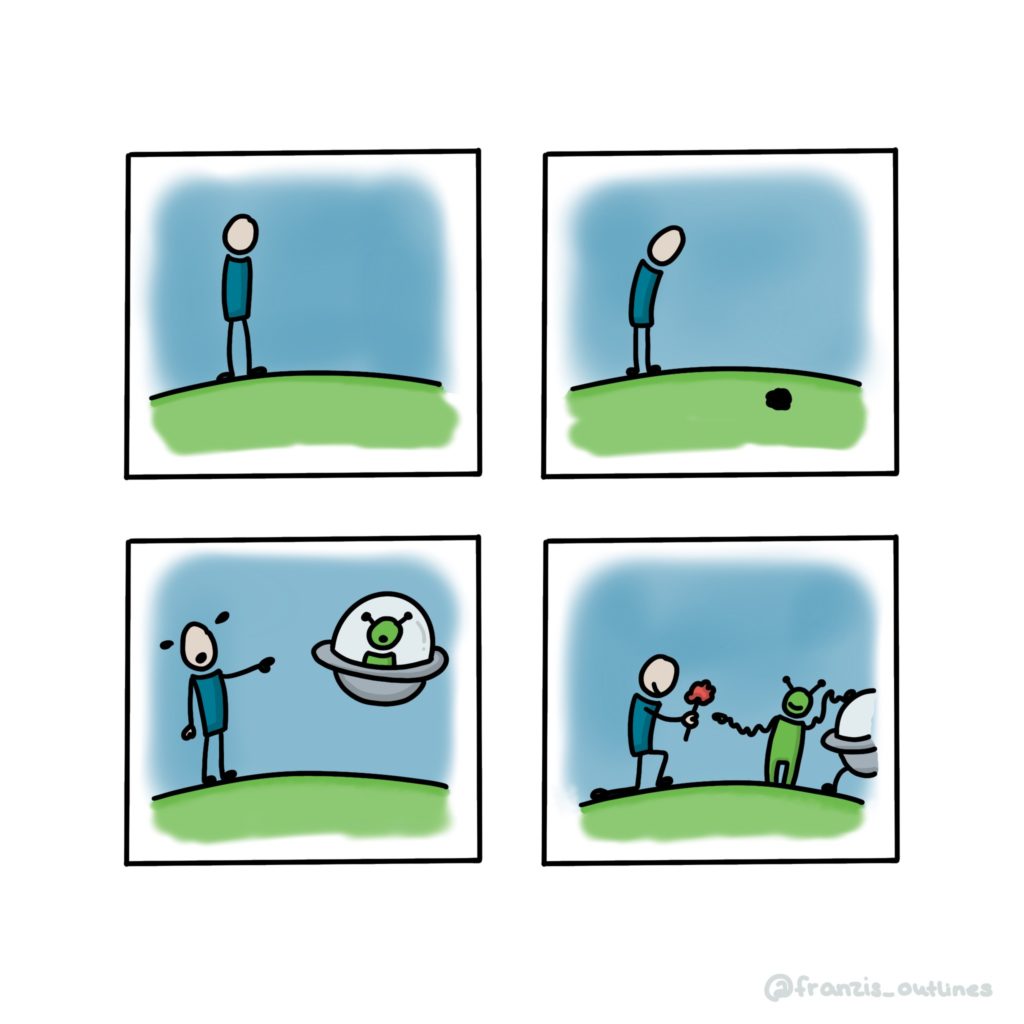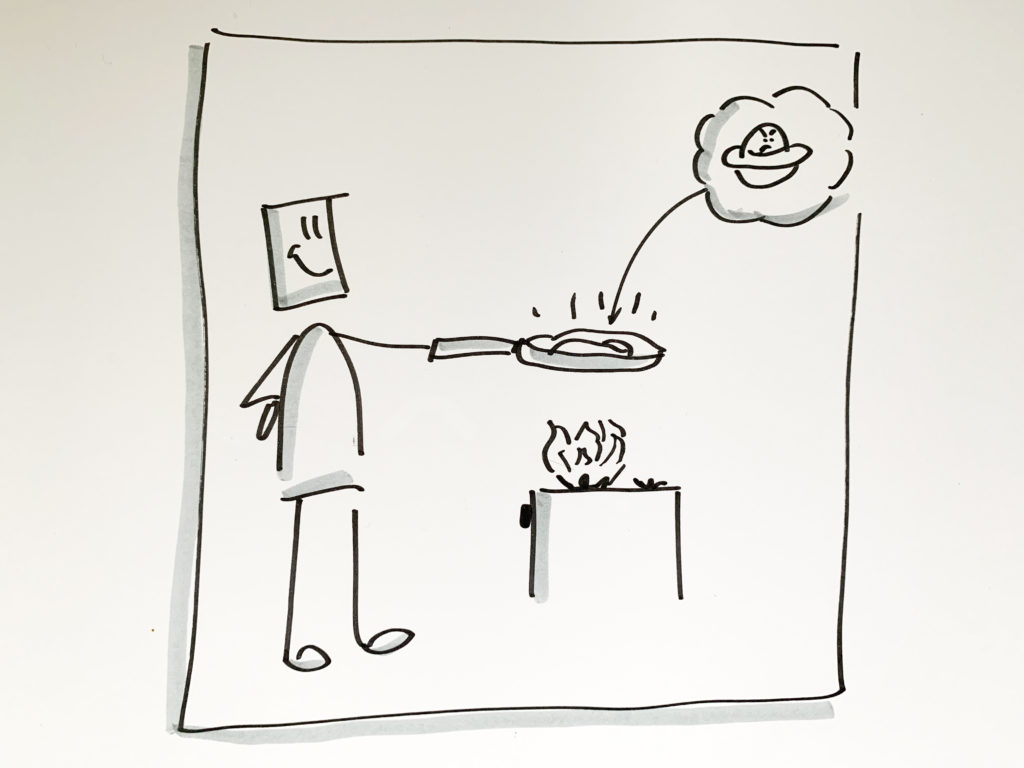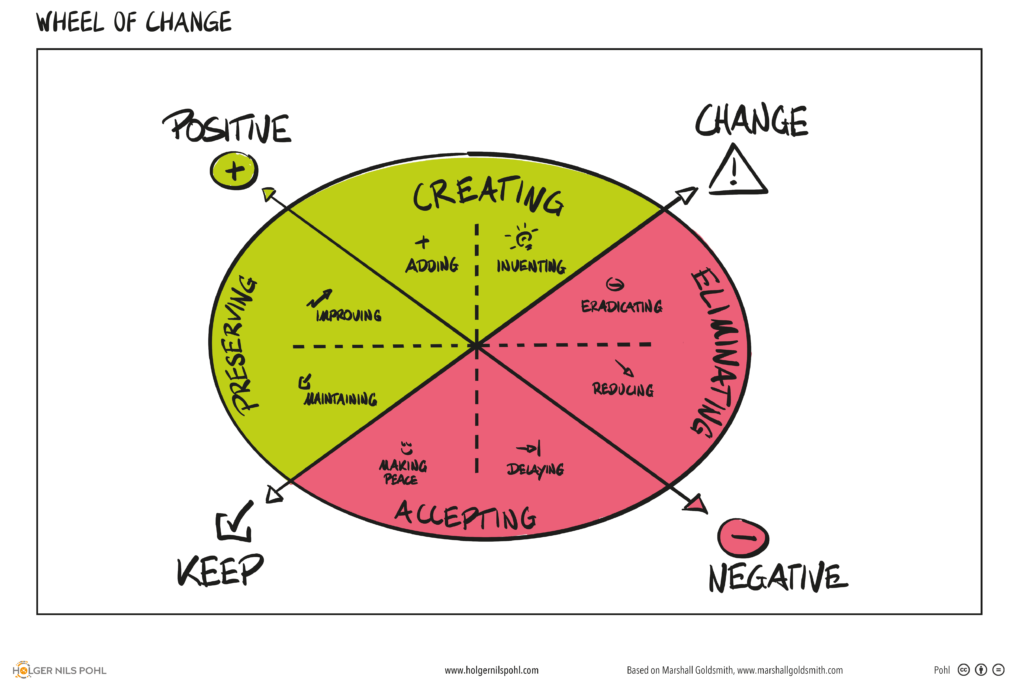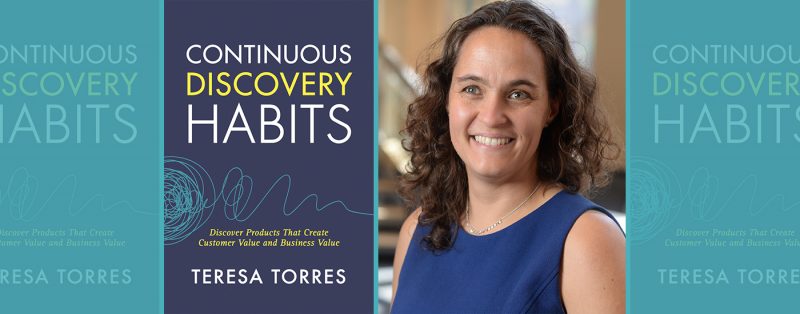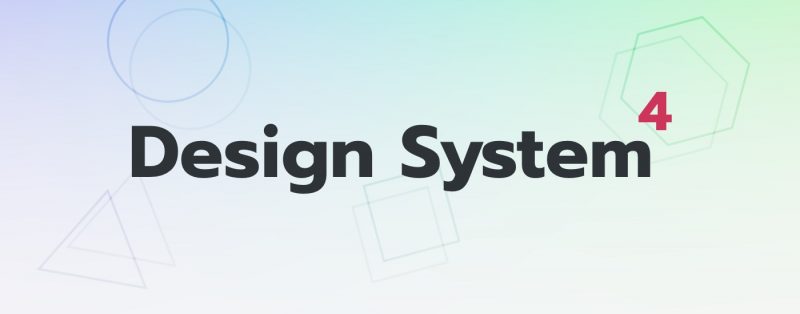Interview by “Healthcare Marketing” magazine with the managing director of GROVES Sound Branding Christoph Groß-Fengels.
Topic: Relevance of audio branding for companies in the healthcare industry
Why is it worthwhile for companies to use sound as a part of their brand communication?
To start with the words of Paul Watzlawick: „You cannot not communicate”. This is especially true in the world of sound. While a brand identity usually favours the eyes, where everything from the Pantone colour to the house font is precisely defined, the ears are often neglected. Musical decisions, whether for telephone loops, image films or commercials, are often made on the basis of gut feeling, or are simply the responsibility of whoever is in charge of the project. The untapped potential for additional identification, differentiation, emotionalisation and even brand positioning is often neglected. Here is where sound branding comes in by initiating a strategy to make sound holistically usable for the brand. In addition, the current “audio-first” trend is showing brand managers very clearly that an auditory counterpart to their visual design elements is indispensable. Whether podcasts, Clubhouse, Spotify, or home assistants – the topic of brand sound is ever-present in 2021.
What do companies have to pay attention to so that sound becomes part of the brand DNA and provides added value? What do you achieve with a brand-typical sound image with your target group?
When developing a sound identity, it is important to understand which values and attributes of the brand can be conveyed sonically. After defining the strategy and the implementation of the sound elements, special attention must be paid, that they are used consistently and coherently. As with visual design, this is prescribed in a “Brand Sound Manual”. The sound identity will then provide a measurable added value in terms of identification, differentiation, positioning and recall. In addition, a real unified Sonic Identity gives a more professional overall appearance while leaving the emotional effect of the music preserved.
Which elements are a must for a brand‘s sound identity?
Based on the brand‘s requirements, the auditory strategy may vary. On the basis of the “auditory customer journey”, we draw up a catalogue of requirements for possible future sound elements. Groves supports brands of all sizes, especially in the health sector: From companies such as Hevert-Arzneimittel with around 200 employees, to corporate groups such as Olympus with more than 35,000 employees, we develop strategies to fit the requirements. Sound Logo, brand theme, brand voice(s) and call-centre-design are usually make up the basic collection. But it can be much more extensive. Hevert Arzneimittel, for example, has its own e-health app based on our SonicTonic App with special soundscapes for stress reduction. We also support Olympus with the worldwide development of all product sounds – from high-frequency generators to drying cabinets for endoscopes.
How can brand values be expressed in sound?
We have designed our Brand Identity Development process to be as transparent and comprehensible as possible. We use a unique clustering method to show which attributes and values can be conveyed acoustically. The values are assigned to musically relevant parameters such as tempo, style, activity, quality or complexity. After the conceptual phase, we establish how to trigger perception of the defined brand attributes in the relevant target group. Market research is used to check that the signals are being correctly decoded. Differentiation is ensured by an analysis of competitors use of sound in their brand communications. This includes all sound elements, music styles and even voices.
To what extent have healthcare and pharmaceutical companies recognised the importance of acoustic brand management? What are the opportunities and challenges specifically in this industry?
The healthcare and pharmaceutical sectors use of Sound Branding is similar to the general market. Some companies have effectively used Sound Branding for many years, while most of their competitors lack even the most rudimentary approach. Besides Olympus and Hevert, our clients have included Gelomyrtol, Allergopharm, Hocoma, Geuder, with Biolectra and Doc Schmerzgel from Hermes Arzneimittel. In our opinion, the industry still has a lot of potential regarding the use of sound. One golden opportunity lies in recognising the fact that e-health apps like Calm, Headspace and our own SonicTonic are being used by a large number of people who have already experienced the healing effects of sound in their private lives. In some cases, these sound treatment apps are even covered by health insurances. The approach of giving the entire auditory communication a „healing touch“, in addition to the products, offers enormous potential for healthcare and pharmaceutical companies. We are already active in this field with our current client Lohmann & Rauscher. The newly designed sound logo is the first step towards the combination of so-called healing soundscapes and acoustic brand management.
Article by Anna Jäger

